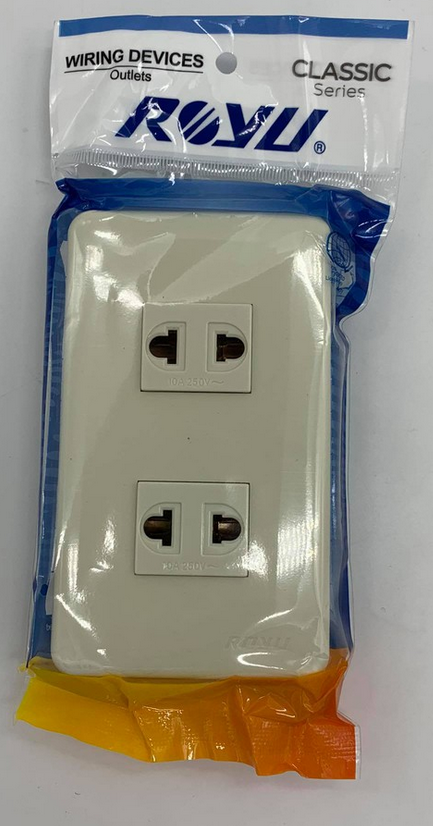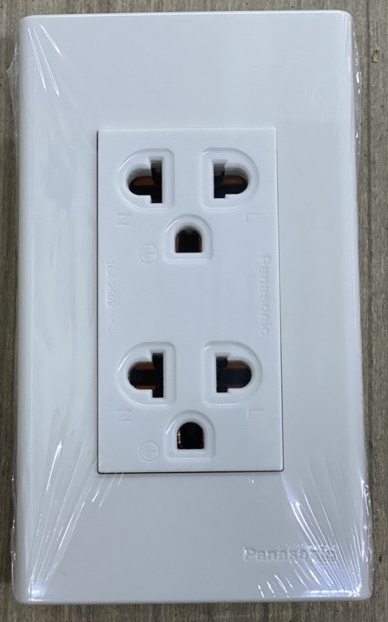12V DC wiring...
I have a dual-voltage wired home - 12 V DC and 230 V AC.
There are disadvantages to 12 V too - voltage drop over distance becomes much more significant, you need short wire runs and heavy cables to keep voltage drop to a minimum. The cables are substantially more expensive than regular household cable for 240V.
Most "real" solar power systems (ones really designed to run a home, not just tinkering with the concept) have higher battery voltage than 12V - most these days are 48V DC, some are higher than that. So if you want 12V DC outlets, you need a DC

C converter.
My battery voltage is 24V, that was common when we built this house but as systems have become larger, 48V is the standard now. We have a DC

C converter to provide 12V from the 24V battery bank, it is limited to 10 amps at 12 volts. (You can get bigger ones.)
The only thing we still use on the 12V side is a couple of lights in the kitchen. In the early days we also ran TV antenna booster; cordless phone base station; and a small fan to circulate air from our wood heater, but all these gadgets are either no longer used, or replaced with something that doesn't use 12V.
The original thinking was that we have a quite sophisticated Australian-made inverter that goes into a power saving mode when there is no load on it, cutting battery power consumption to just a couple of watts. Once every second it checks for a load and if it finds a load (minimum is about 3 watts) then it turns on, which draws about 15 watts minimum to run the inverter for even the smallest load. If the load falls below 3 watts, the inverter turns off and goes back to standby mode. This works really well, better than most new inverters today, which are more "made to a price" than ours. The thing is, we have a much bigger solar array - originally we had 1.2 kW of panels at this house, then upgraded to 2.4, then 3.6 and we are about to increase it to 4 kW. (Which is the most we can fit on the garage roof.) We have some gadgets that must be powered 24/7 such as mobile phone signal booster and printers, as well as phone chargers we use at night, so the inverter is now on 24/7 and hasn't dropped back to standby mode for years. We now have enough panels to cover this background power consumption. So we don't really need the 12V DC wiring, I'm not sure if I'd bother if we had to build this house again. (heaven forbid!) I might still have some DC lights, so that in case the inverter fails we would still have lights.
One thing I might do in future is install some USB outlets on the 12V DC circuit. You can't have too many these days. I'll look into that, I'm not sure how easy it is to find USB wall outlets that take a 12V DC supply.
As a funny aside, we laid some very heavy DC cables from the battery shed to the house to give us the option to run a special low voltage 24 V DC fridge. These cables are huge as the low voltage DC fridge compressors at the time were very sensitive to voltage drop. The converted fridges cost over $2000 so we didn't get one at the beginning, we used an LPG fridge. Then we added more solar panels, and standard fridges got way more efficient, so we just got an efficient 240V AC fridge. The expensive DC cables we laid 20 years ago have never been used. They are still there...
We also wanted to be all future-proof, so we put cat 5 data-grade phone cables to most rooms, so we could have dial-up internet in each of 5 rooms... We no longer have a land line phone connection at all, the whole system, including 250 metres of cable from the front gate to our house, is redundant. It took me two whole days with a hired trenching machine to dig the trench for that cable... D'oh!























